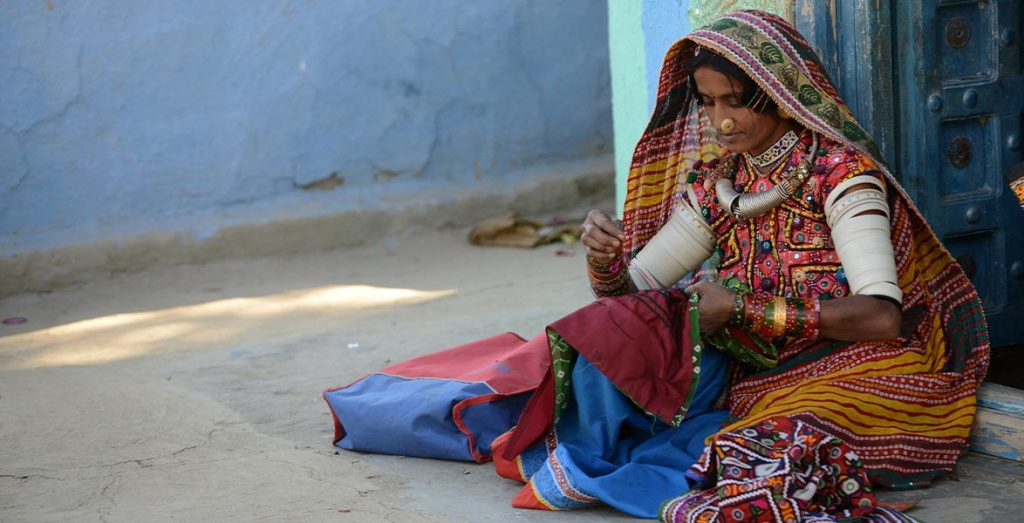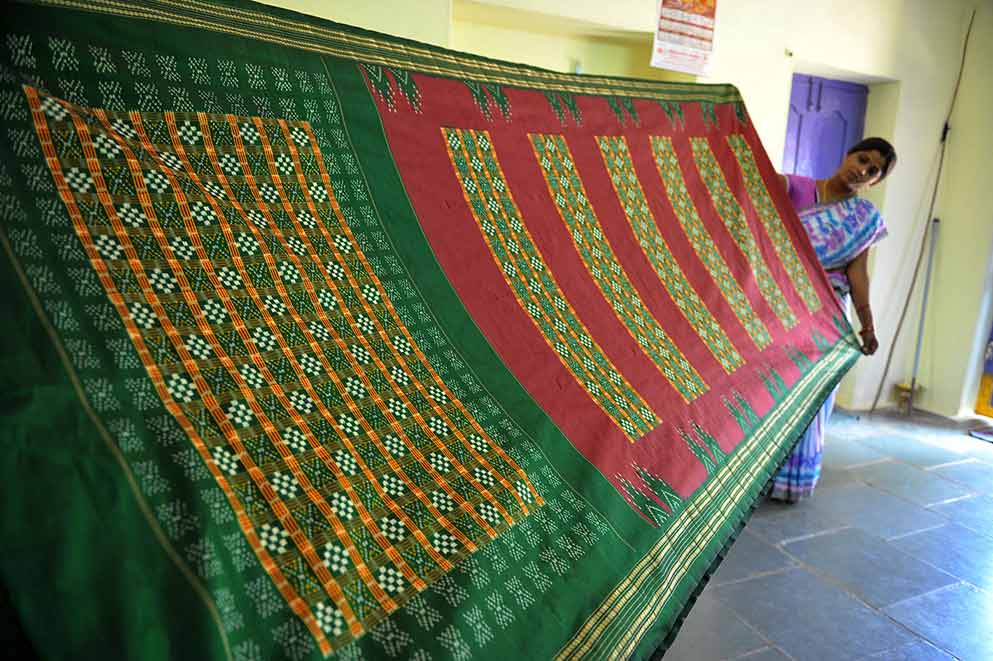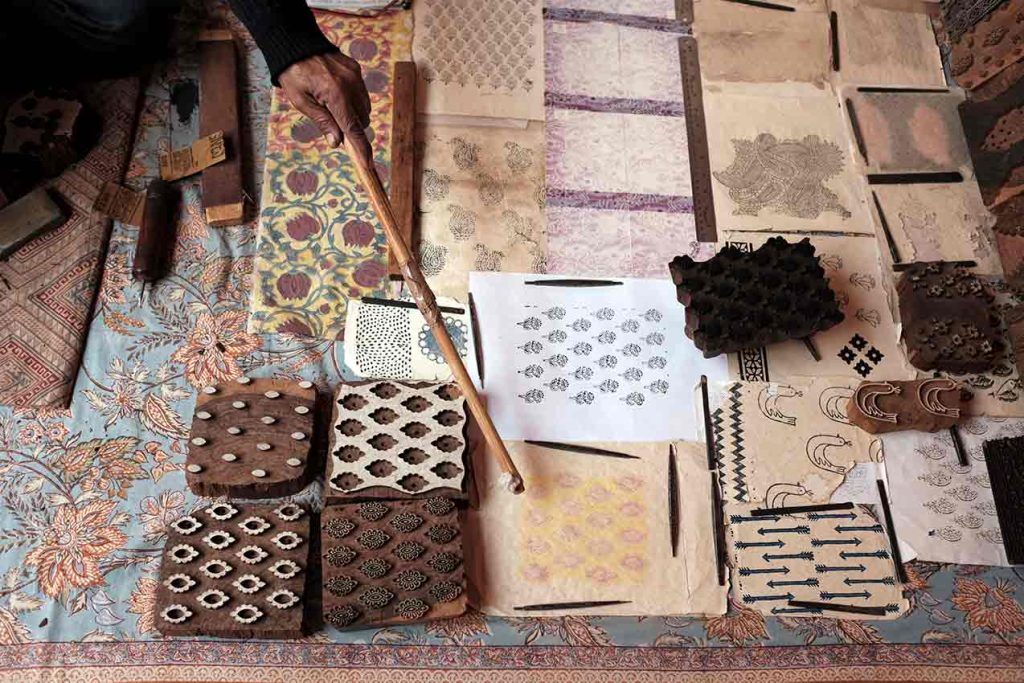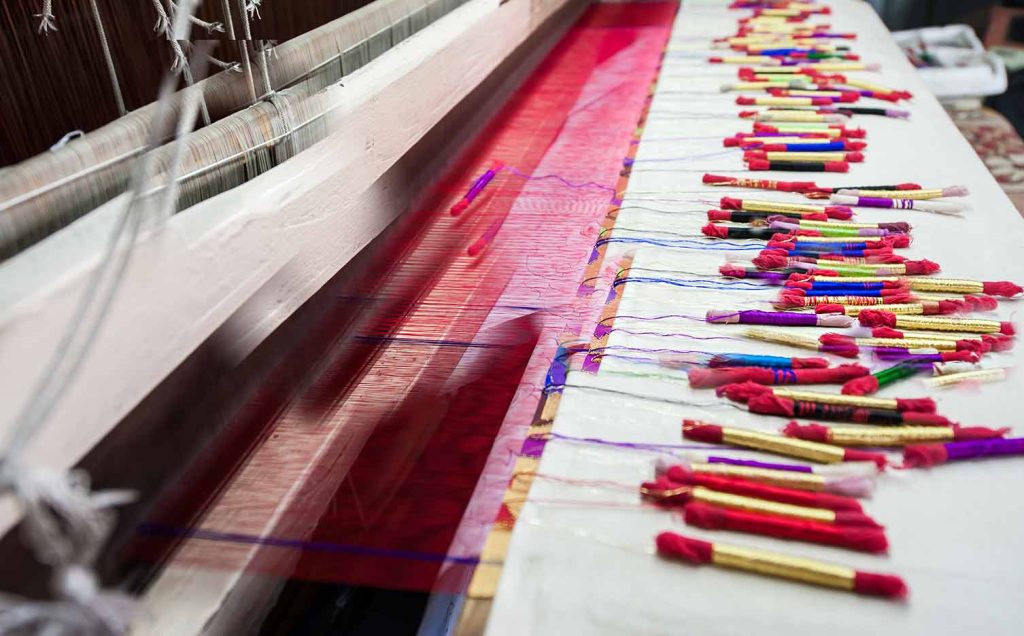Smriti Malhotra
Indian crafts as we know are a repository of century-old traditions that continue to pass down through generations. These crafts aren’t simply serving a utilitarian purpose but have beautiful stories and narratives to tell of our great culture. Encompassing a wide range of techniques such as weaving, pottery, embroidery, metalwork, wood-carving, woodwork, and many more. Sustainability in this regard would be nurturing these homegrown and organic techniques and limiting the use of mass-produced, harmful products/crafts generated by industries and factories. Sustainability intertwines artistic expression, cultural and tribal preservation, environmental protection and socio-economic empowerment of the makers of these crafts.

A more sustainable ecosystem that already exists in many ways within the Indian craft community has to be promoted, propagated and celebrated. Keeping this mind, the second meeting of the G20 Culture Working Group also focussed on achieving Sustainability through crafts and heritage. An exhibition ‘Sustain:The Craft Idiom’ was also inaugurated by the Union Culture Minister and Odisha CM at Odisha Crafts Museum.
There are various dimensions to Sustainability that many Indian craft enterprises/NGOs and initiatives try to engage into. Let us delve into some case studies and study these dimensions further:

1.Eco Friendly material and techniques:
Making a sustainable craft is where it all begins, traditionally artisans used simply organic and natural ways of making crafts, that seems to now have changed. However, many craft initiatives are still doing their bit by engaging in pollution free methods of weaving, hand spinning and making their crafts.
One such enterprise that adopts more eco-friendly ways to weave their textiles is the Nongtluh Women Weaving Cooperative and Impulse Enterprise founded by Hasina Kharbhih who weave beautiful textiles that are sold nationally and internationally. Using natural plant and vegetable dyes in their creations, they represent a beautiful amalgamation of the tribal symbols of Meghalaya as well as the natural ecosystem of the region.
2. Skill Development and Capacity Training:
An initiative which truly engages in skill-development and trains its artisans and engages more people from the community to make a particular craft is Commitment to Kashmir (CtoK) that provides holistic and supportive hand to new-age and upcoming Kashmiri artisans, helping them infuse traditional Kashmiri artistic symbols into their crafts in a modern manner. They do capacity building training workshops, design interventions and development and provide skill training as well as opening market avenues for small-scale enterprises and craft clusters in the region. CtoK has had projects involving crafts such as copperware, paper mache, Aari, tila and Sozni embroidery, leather and tailoring works.
Such efforts have not simply nurtured the art form of the region and kept it from dying out but have nurtured hope and stability in the life of the artisan as well.
3. Contemporary Designers and Collaborations help reboot the Indian Crafts:
To have a larger appeal to the public and a fresh outlook, many new designers and brands have worked in upholding that mantle all the while creating craft oriented fashion that is sustainable. Taan baan is one such studio based out of Delhi that is the brain-child of Rta Kapur Chisti that constantly collaborates with craftspersons and clusters throughout the country to make handwoven textiles. Besides that, many new craft entrepreneurs such as Chakori Ethnic, Okhai (online brand) and many more such portals and individuals are constantly reviving and creating contemporary yet thoroughly craft rooted pieces to cater to a larger audience while also preserving the artform and giving it its due.
4. Ethical and Fair Trade Practices:
It is important to support craftspersons and engage fair trade practices such as providing fair compensation to artisans making crafts that leads to a better livelihood and sustainable development of the craft sector. Transparency in all steps that lead to ethical practices in the craft trade is what makes it a more sustainable space to work in. Sasha is one such enterprise in Kolkata that works with marginalised artisans in the region, providing them with training, design support and access to markets and online platforms to sell and promote their artforms. Sadhna, a women handicraft enterprise is another initiative from Rajasthan, which was formed in 1988 to support local women and their craft of Patchwork, applique and tanka embroidery. Sadhna is committed to empower the women of Rajasthan both socially and economically all the while making sustainable crafts that shall last the customer a lifetime.
5.Community Development and Social Impact:
Indian crafts are generational in nature and have been community made and community based arts that have flourished because families, women, groups of people belonging to a particular community made them. It is what makes these crafts so unique, the fact that it is a testament of great togetherness, bonding people together and creating something artistically and vernacularly beautiful along the way. The upliftment and financial benefits that come from these crafts then aid the entire community. Initiatives that provide infrastructure development, healthcare, education, and access to credit for artisans contribute to sustainable development and poverty alleviation.
Coming to one such initiative is Khamir based in Gujarat,it focuses on holistic and overall growth of the community as a whole. They not only provide the craftspersons with design inputs, training and capacity building workshops but infrastructure and knowledge to the families of the craftspersons. They focus on sustainability as an art practice wherein less is more and social welfare of the craftspersons are always prioritised.
Many more such craft organisations do exist that are constantly working to promote indigenous artforms and artisans and eventually working towards sustainability that is seen through Indian crafts.

Indian crafts exemplify sustainability through resource conservation, passing on the traditional knowledge of preservation and longevity, revitalising rural economies and social impact and empowerment. The vernacular crafts of the Indian subcontinent showcase a harmonious relationship that exists between humans, nature, culture and our economy. They are reflective of how traditional ways of making crafts with some modern twists can lead to more sustainable ways of living and consuming products around us.





